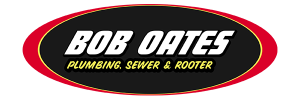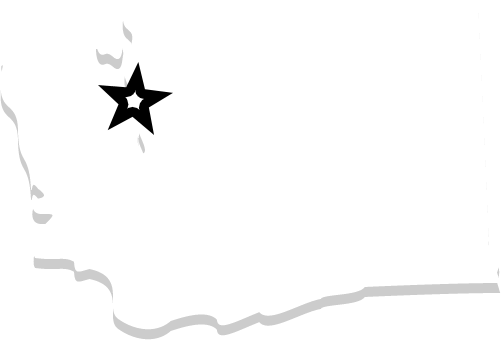Bob Oates’ Checklist to Make Sure Your Plumbing is Ready for Spring
CALL (206) 789-4944
Serving the Greater Seattle Area

We’re well into the throes of spring: the cherry blossoms have opened, the tulips and daffodils have pushed up, all over Seattle is budding with green, and you’re probably getting ready for some spring cleaning. After you’ve dusted out the cobwebs and set up your patio furniture, be sure to run through this handy checklist to prep your home’s plumbing system. It’s a quick, easy, and affordable way to increase your home’s energy and water efficiency while also avoiding a costly call to a Seattle plumber down the road.
Check Faucets and Drains for Leaks
More than annoying, leaky, dripping faucets will lead to ruined sink fixtures and unnecessarily high water bills. Leaks can also encourage mold and mildew growth, especially in Seattle’s damp climate.
Check Toilets, Including Back Tanks
Inspect toilet bowls and tanks for leaks or cracks. To test your toilets for a hidden leak, add several drops of food coloring to the back tank and wait 20-30 minutes. If you see colored water in the bowl, it’s a sure sign you have leak. Finally, check to see if your toilets are flushing properly and evenly. If handles are “tricky” or need to be held down for a long time to ensure a full flush, some tank parts may need to be replaced. Parts are inexpensive and can lead to savings on your water bill.
Install Hair Strainers in All Drains if You Haven’t Already
Strainers are a cheap and unobtrusive way to keep hair, soap and other debris out of your plumbing system. Just like grandpa always said, better a hair strainer today, than a drain snaking tomorrow!
Rotate Water Supply Valves
Locate water supply valves under sinks and toilets and give them each a few turns to dislodge rust and mineral buildup and hardened caulk.
Take Water Heater’s Temperature
Is your water heater running a fever? Take a look at the temperature setting on your water heater. To improve energy efficiency and avoid scalding hot water, it shouldn’t be running above 120˚F. If your water heater is more than 10-15 years old (the first four digits of its serial number tell you the month and year it was made), consider replacing it as newer units are more energy efficient.
Drain a Few Gallons
Very carefully drain a few gallons of water from your water heater to flush out built up sediment caused by corrosion. That sediment decreases energy efficiency and shortens your water heater’s lifespan.
Test Infrequently Used Drains
Pour a gallon of water down infrequently used drains (even floor drains!). The water will fill the trap and prevent odor (yuck!) and give you an indication of how well drains are working. Slow floor drains ought to be snaked to ensure they do their job in the event of a flood.
Install a Backflow Valve
If you’ve been dealing with backups or live in an area where sewers are known to sometimes backup into homes, consider installing a backflow valve.
Check Outside Faucets
Turn on and check your outdoor faucets. If they leak or seem to cause leakage inside your home, you may have burst pipe leftover from one of this winter’s cold snaps.
Hopefully this list shows you that you don’t need to be an expert plumber to prepare your home plumbing for spring and maybe make a few cost saving improvements along the way!
However, if you run into a problem, repair or improvement that requires the trained hand of an expert Seattle plumber, look no further than the team of professionals at Bob Oates Plumbing, Sewer & Rooter. Call us today!
CALL (206) 789-4944
Serving the Greater Seattle Area





